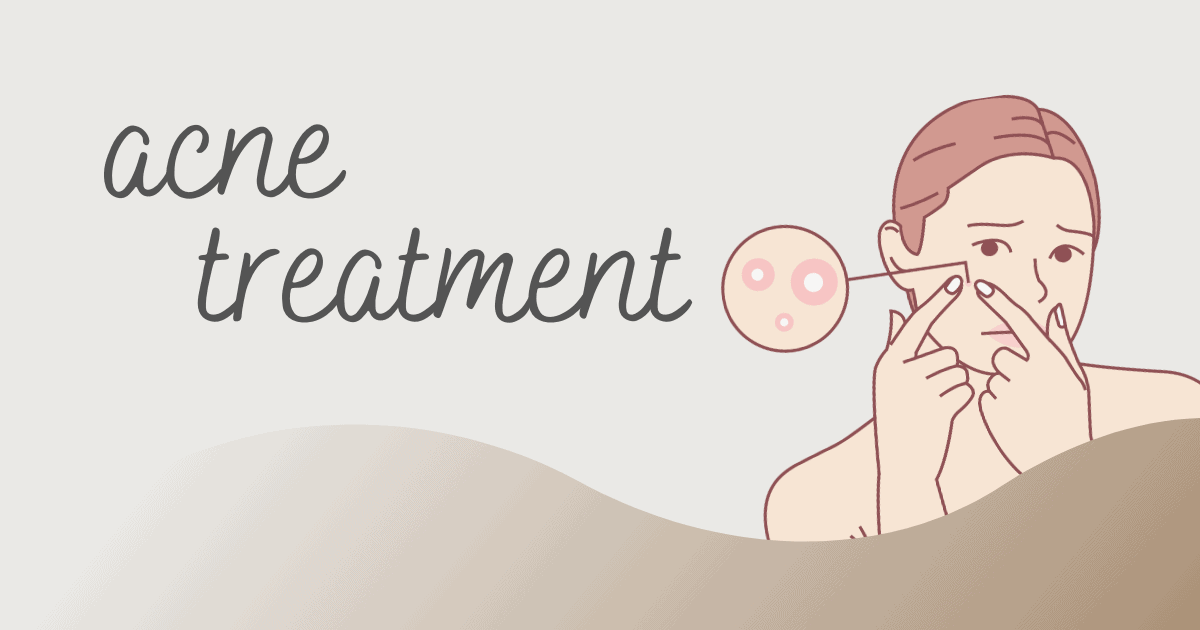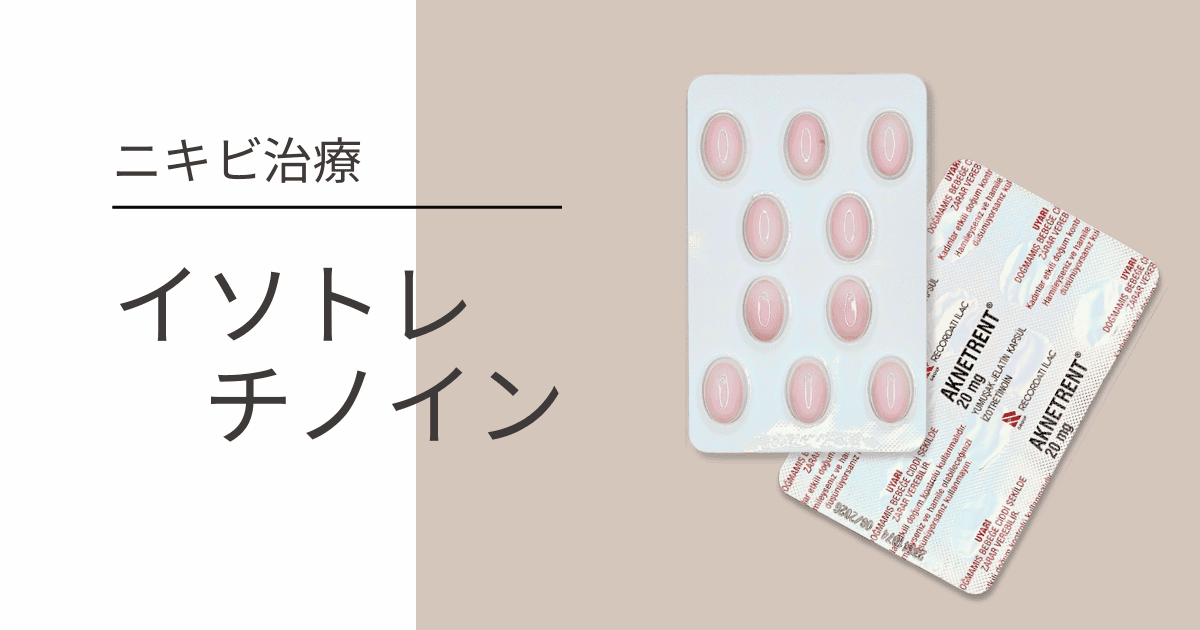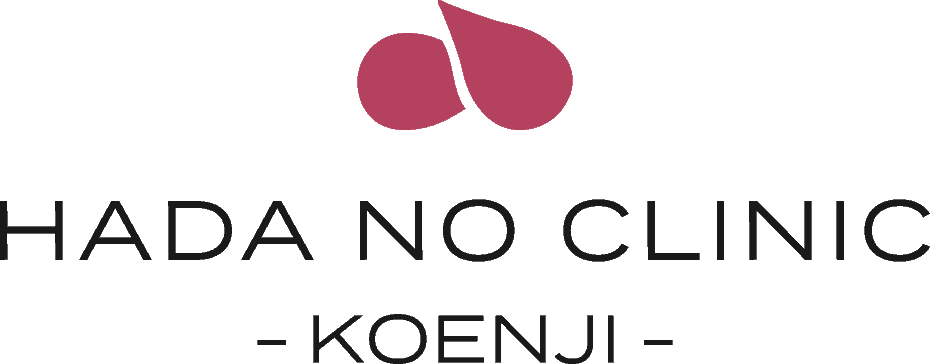Hormone Therapy
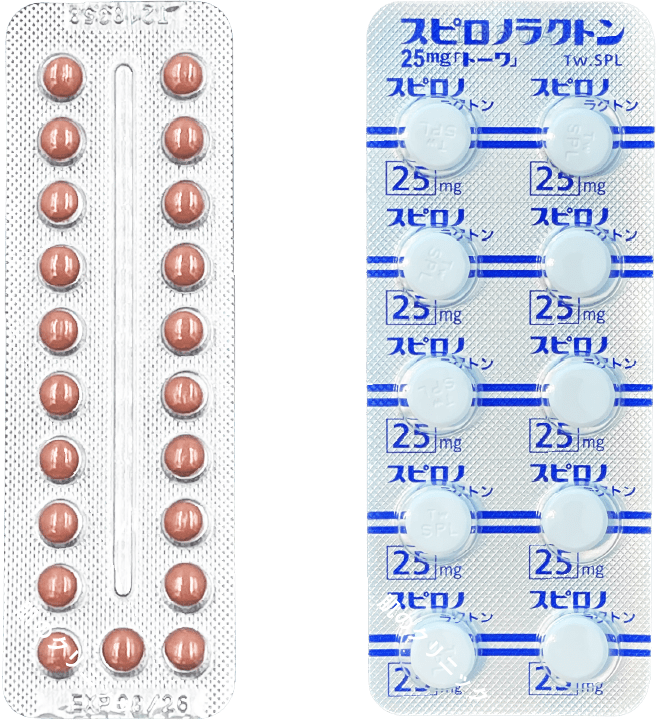
We provide hormone therapy for acne using two medications: low-dose oral contraceptives and spironolactone.
Low-dose oral contraceptives were developed in the United States in 1973 and are now taken daily by over 100 million women worldwide. In Europe, including France, the Netherlands, and Germany, approximately 50% of women of reproductive age (15-49) take oral contraceptives for birth control purposes, and they are also used as a treatment for acne.
Spironolactone is an old drug that has been used as a diuretic and a treatment for heart failure. Its anti-androgenic effect, which suppresses male hormones, is used to treat acne.
Benefits and characteristics
Hormonal treatment for acne has an effectiveness rate of over 95%, making it a highly effective treatment after isotretinoin. Additionally, it is known to have a high safety profile, with a low likelihood of causing severe side effects.
As for its drawbacks, it may take some time for the effects to appear, and a transient worsening of acne is seen in 30% of patients during the first three months of treatment. On average, acne gradually improves from the fourth month. Another disadvantage is that acne is likely to recur after discontinuing the medication.
Even if it becomes a symptomatic treatment for a limited period of time, it is possible to significantly suppress future acne scarring by completely eliminating all acne once and then continuing with maintenance.
Hormonal therapy often requires continued treatment even after the skin becomes clear, and the treatment period is usually several years. If side effects are checked properly, this medication is safe even with long-term use. Therefore, it is recommended for those who prefer medications with fewer side effects.
It is also recommended for those who suffer from gynecological diseases or symptoms such as irregular periods, menstrual difficulties, polycystic ovary syndrome, endometriosis, and menstrual pain, as it has the ability to improve these conditions.
Mechanism of action for acne
Even women produce “male hormones” in their bodies. There are two organs that secrete male hormones: the ovaries and the adrenal glands.
Male hormones have undesirable effects on women, such as thickening hair, enlarging sebaceous glands, and worsening acne.
Excessive male hormone levels or high sensitivity to male hormones can lead to acne in women.
Oral contraceptives contain small amounts of female hormones and progesterone. Female hormones have effects on the skin such as making the skin texture smoother, reducing pore size, and increasing skin hydration.
The type of progesterone in the pill is also important. Pills containing progesterone that suppresses male hormone activity are prescribed for acne treatment.
Another medication, spironolactone, has anti-androgenic effects and suppresses male hormone production. Combining spironolactone with oral contraceptives can increase the cure rate for acne.
On the other hand, spironolactone has only temporary effects while it is taken, and rebound effects are known to occur. Our clinic gradually reduces the dosage of spironolactone once the effect of the pill has started to take effect to prevent rebound effects.
Who are contraindicated for taking oral contraceptives
- Haven’t reached puberty
- Smoker
- Men
- Age over 40y/o
- BMI>30
- Are pregnant or planning to get pregnant, under breast feeding
- Those who experience migraines with aura (such as vision changes, sparkles or tunnel vision) or those over 35 years old with migraines.
- Have a history of breast cancer, cervical cancer, crohn’s disease, ulcerative colitis, high blood pressure, dyslipidemia, diabetes, liver/kidney function impairment, liver tumor, otosclerosis, blood clots, atrial fibrillation, pulmonary hypertension, Antiphospholipid antibody syndrome, Heart valve disease,
endocarditis, porphyria, epilepsy, Tetany - Those with undiagnosed abnormal genital bleeding.
- Those with a history of high blood pressure, jaundice, persistent itching, or herpes during pregnancy.
Side effects of oral contraceptives
The pill is one of the safe drugs used by more than 100 million women worldwide every day. In some Western countries, around half of women in their 20s and 30s use it (Germany 52.6%, France 43.8%).
Although it has been prescribed for over 50 years and recognized as a safe medication, there may be symptoms such as nausea, headaches, breast tenderness, and swelling when starting to take it because of changes in hormonal balance. However, these side effects usually improve as you continue taking the medication.
Some people may be worried about whether taking the pill affects pregnancy. However, as it has a contraceptive effect while being taken, the chances of becoming pregnant are almost non-existent. There is also no evidence that fertility decreases after stopping the pill.
Some patients may be concerned about cancer risk. However, within five years of taking the pill, the risk of breast cancer and cervical cancer increases slightly, while the risk of endometrial, ovarian, and colon cancer decreases.
Breast cancer is said to affect one in 12 Japanese people, but it is believed to increase the risk by a maximum of 1.2 times. Also, gradually the risk disappears after discontinuing the medication.
Although there is almost no increase in the risk of cervical cancer within five years of taking it, there is data showing that it doubles after ten years of use. At our clinic, we recommend cervical cancer screening every two years for women in their 20s and breast cancer screening once a year for women in their 30s, regardless of whether they are taking the pill or not.
Although extremely rare, liver damage or liver cancer has been reported in people who have been taking cyproterone acetate (Diane 35) for a long time overseas. However, we change the type of pill if it is unnecessary, and there has been no report of liver cancer in the past.
Regarding the risk of thrombosis (a disease in which blood clots and obstructs veins and arteries) due to the pill, depending on the type of medication, the risk can increase from three to a maximum of seven times, so caution is necessary.
For example, Yaz is known as one of the pills with the highest risk of thrombosis among low-dose pills, but three fatal accidents were reported among 140,000 patients who were prescribed the pill domestically in the past. Even if there were no fatalities, 87 people were reported to have developed thrombosis, which is higher than other pills.
However, three out of 140,000 people mean that the death toll is 2.1 per 100,000 people. Statistically, it is said to be 1/4 of the probability of dying in a traffic accident and 1/80 of the probability of dying from smoking.
At our clinic, we confirm the age, blood pressure, weight, smoking history, and chronic illnesses such as hyperlipidemia and premonitory migraine to prescribe the medication to people at risk of thrombosis as a general rule.
Side effects of Spironolactone
Spironolactone is a safe medication, but rare side effects such as increased potassium levels in the blood and kidney dysfunction have been reported, so regular blood tests are necessary.
Common side effects include abnormal bleeding (irregular menstruation) and dry skin, but they are not dangerous. Additionally, diuretic and blood pressure-lowering effects may be observed.
Some people may experience allergic reactions such as hives, rashes, and itchy skin during the first four weeks of taking the medication. Although very rare, severe allergic reactions like anaphylaxis (sudden blood pressure drop, difficulty breathing, facial swelling), toxic epidermal necrolysis, and Stevens-Johnson syndrome (high fever, severe skin and mucous membrane damage) have been reported, but they are not more frequent than with other medications.
Treatment cases of hormone therapy
To view case studies of acne treatment with hormone therapy, click below.
Case photo 1 (small red pimple on the entire face)
Photo taken at the initial visit
At the initial visit, there were numerous small pimples spread throughout the face, and due to inflammation of the pimples and post-inflammatory erythema, the face had become red.
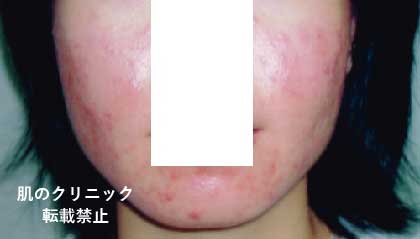
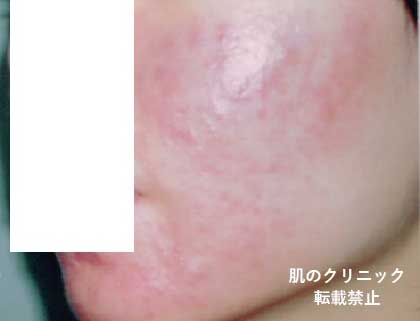
History of the patient’s visit
The patient is a woman in her 20s. She started getting acne in middle school, and in her 20s, she began to develop red acne all over her face.
She had been receiving insurance treatment at a dermatology clinic for many years, but there was no improvement. She then received “Arc Light” treatment at a chiropractic clinic twice a week for seven months, totaling about 50 sessions. However, as there was no improvement at all, she came to our clinic.
Treatment at our clinic
We started hormone therapy combining low-dose oral contraceptives and spironolactone.
Photo after 8 months of treatment
Newly formed acne decreased after 3 months and almost disappeared after 8 months. As the inflammation of acne subsided, the redness of the entire face also improved.
From 3 months into treatment, salicylic acid macrogol peeling has been performed once a month to reduce redness, and the inflammation and pigmentation of acne scars have become less noticeable.
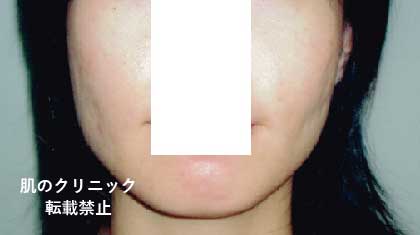
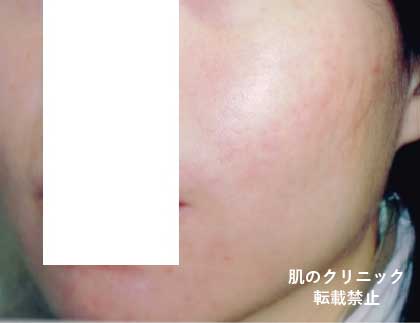
Explanation
This patient underwent hormone therapy with the combination of low-dose oral contraceptives and spironolactone for approximately three years, which was discontinued. Her skin remained calm for three years after treatment, but she experienced a relapse, although not as severe as her initial visit. She received hormone therapy again and is currently not undergoing treatment.
According to our data, the recurrence rate of hormone therapy is 60% or higher, which is a disadvantage compared to isotretinoin (Accutane) that is less prone to recurrence.
Therefore, we explain to patients that they should continue taking medication for a long time until the severity of the acne naturally subsides. Hormone therapy has a relatively high safety profile and can be taken for an extended period. This is a benefit, as it can be taken as maintenance to prevent the exacerbation of acne scars.
Case photo 2 (white and red acne on cheeks and chin)
Photo taken at the initial visit
At the initial consultation, the patient had a mixture of small whiteheads with pus and inflamed red pimples mainly on the cheeks and jawline. The skin also had visible unevenness due to acne and acne scars.
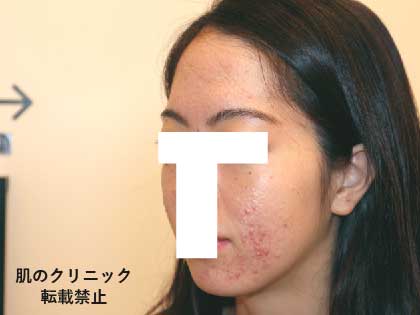
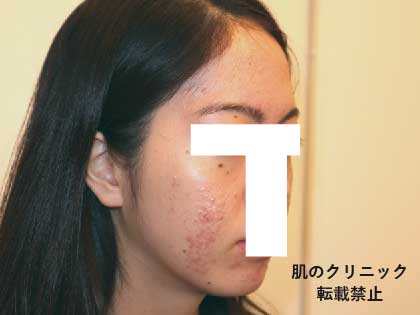
History of the patient’s visit
The patient is a woman in her 20s who has been troubled by acne since middle school. She received treatment with traditional Chinese medicine and benzoyl peroxide at a nearby dermatology clinic, which initially improved her condition.
However, after becoming a working adult, her acne recurred and worsened. She received treatment with topical medication, traditional Chinese medicine, and antibiotics at a dermatology clinic again, but her condition did not improve.
She was then prescribed low-dose birth control pills (Marvelon) at a gynecology clinic, but this treatment also did not improve her condition, so she came to our clinic.
Treatment at our clinic
At our clinic, we switched the patient’s medication from Marvelon to an oral contraceptive for acne treatment, and started combination therapy with spironolactone.
Photo after 1 year of treatment
The acne gradually improved after 3-4 months of treatment, and after one year it returned to the patient’s original clear skin.
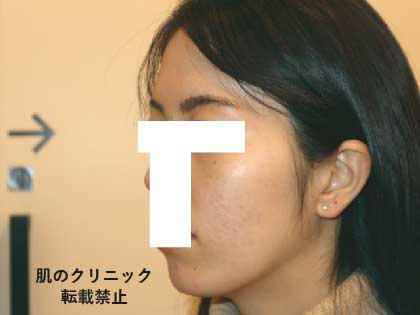
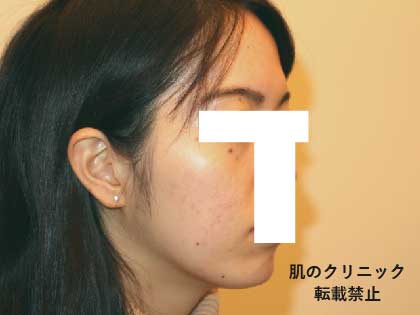
Explanation
Hormonal treatment for acne requires approximately 3-4 months for improvement, and initial worsening may occur in the first month and may continue for about three months.
While it may not be suitable for those who want to see quick results, it is a good option for those who want a treatment with few side effects.
The benefits of hormonal treatment include relatively fewer side effects, reduced menstrual pain, and regular menstrual bleeding, making it easier for those with PMS, irregular periods, or PCOS (polycystic ovary syndrome) to use.
The disadvantages include a high recurrence rate and the need to be aware of the risks of thrombosis, breast cancer, and cervical cancer, although these are rare.
Even if it only provides symptomatic relief and does not result in a cure, suppressing acne is crucial for preventing the formation of acne scars and is therefore essential for healthy skin.
※The patients whose photos are posted have given their consent for the publication. Please rest assured that we will not publish them without permission.
Fees (tax included)
The following prices are an example of the cost of hormone therapy for acne treatment.
The price may vary depending on the type and amount of medication prescribed. The initial cost is usually high due to the consultation fee and testing, but the price decreases as acne improves and the amount of medication decreases.
Charge for medicine
| Item | Fee (tax included) |
|---|---|
| Susie [1 pack 28 days] | ¥2,640 |
| Yasmin [1 pack 28 days] | ¥2,970 |
| Mercilon (very low dose) [1 pack 28 days] | ¥2,640 |
| Labelfeuille [1 pack 28 days] | ¥2,420 |
| Cerazette (progestin-only) [1 pack 28 days] | ¥2,970 |
| Spironolactone 25mg [1 tablet] | ¥44 |
Cost of initial treatment at the first visit
| Item | Fee (tax included) |
|---|---|
| First consultation fee | ¥3,850 |
| Susie [1 pack] | ¥2,640 |
| Spironolactone 25mg [112 tablets] | ¥4,928 |
| Blood test | ¥2,948 |
| Urine test | ¥1,056 |
| Total fees / 28 days | ¥15,422 |
Cost of treatment during the reduction phase / 3 months
| Item | Fee (tax included) |
|---|---|
| Revisit consultation fee | ¥1,650 |
| Susie [3 pack] | ¥7,920 |
| Spironolactone 25mg [168 tablets] | ¥7,392 |
| Blood test | ¥2,948 |
| Total fees / 3 months | ¥19,910 |
| Cost per month | ¥6,636 |
Cost of treatment during the stable phase / 6months
| Item | Fee (tax included) |
|---|---|
| Revisit consultation fee | ¥1,650 |
| Mercilon [6 packs] | ¥15,840 |
| Blood test | ¥2,948 |
| Total fees / 6 months | ¥20,438 |
| Cost per month | ¥3,406 |
- A medical examination is always necessary for prescribing medication. The side effect check-up test is performed on the first visit, followed by every three months and then every six months after entering the stable period.
- Pills and spironolactone are not approved for acne treatment in Japan, so they are not covered by the pharmaceutical product liability relief system.
Related Pages
-
Acne Treatment
Comprehensive acne treatment with isotretinoin and hormonal therapy. HADA NO CLINIC Tokyo offers advanced oral medications and personalized treatment plans from experienced dermatologists with 16 years of expertise. -
Isotretinoin (Accutane) for Acne Treatment
This is a guide to acne treatment with isotretinoin.

